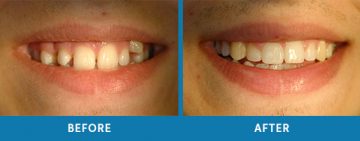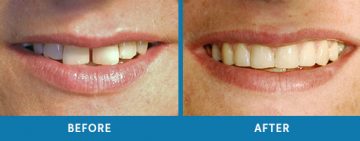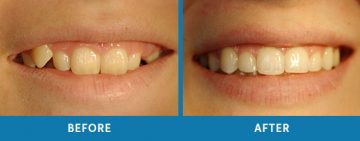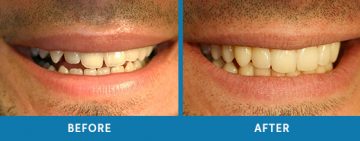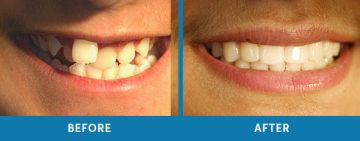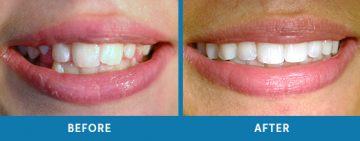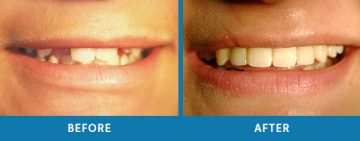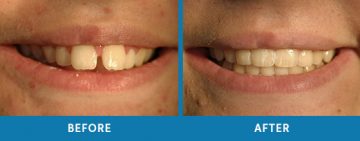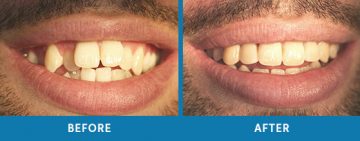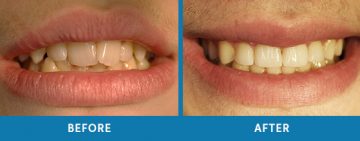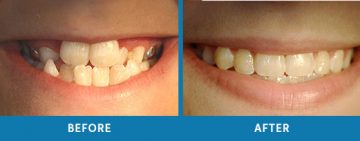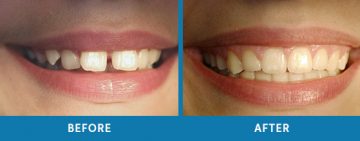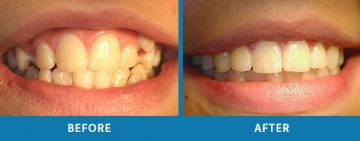Orthodontics is a dental disciplinary branch concerned with alignment of the teeth and jaws in order to improve one’s smile, esthetic appearance of teeth and overall oral health.
“ortho” means correct or straight, and “odont”means tooth.
The more obvious reason for the importance of orthodontic treatment is that straighter teeth are much less prone to decay and potential fracture due to injury. Orthodontics improves the patients “orofacial” appearance, through treating problems like crooked or crowded teeth, overbites and under bites along with incorrect jaw positions.
Just as important is the self-confidence which comes with a beautiful smile as a result of such a treatment.
According to the American Association of Orthodontists, every child should go through an orthodontic screening no later than age 7. This however, does not mean that they will have to undergo orthodontic treatment at this age. Many orthodontic problems are much easier to correct if detected early rather than waiting until the child’s growth process slowed.
Early treatment often referred to as “interceptive orthodontics” or “phaseI orthodontics”, may prevent the patient from undergoing much harsher procedures including corrective surgery in the future.
INTERCEPTIVE ORTHODONTICS
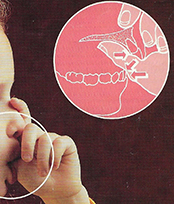
Interceptive orthodontics or Phase I orthodontics, could be described as any type of orthodontic procedure which lessens or prevents potentially serious problems to occur within the biting mechanism of a child.
This may include improperly positioned deciduous (baby) teeth, premature loss of baby teeth or even damaging oral habits which children acquire, like thumb sucking and use of pacifiers.
Such problems are usually corrected prior to starting orthodontics (if even needed) by the use of custom made corrective appliances, which children wear for a fixed time period.
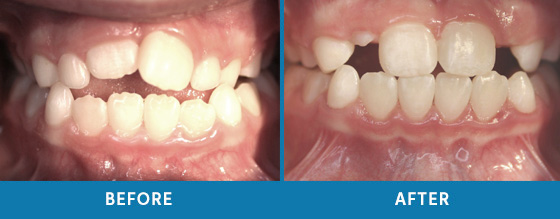
ORTHODONTICS FOR ADULTS
Patients who have teeth with healthy supporting structures are never too old or late to have orthodontic therapy. Healthy teeth can be moved at any age and orthodontics can improve smiles of practically anyone. It is not uncommon to have orthodontic patients well in to their 40’s, 50’s or even older.
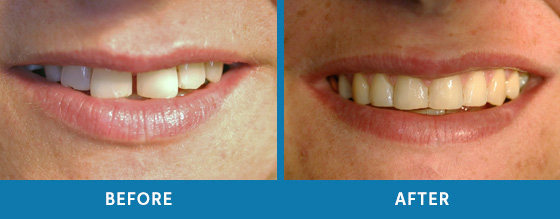
INVISALIGN
For some teenagers and adults wearing braces is not among their first choices of treatment.
One solution may be found by exploring the possibility of treatment with Invisalign, a solution that renders braces practically invisible.
Invisalign is a system of custom fit aligners, which are comfortable, low profile, clear plastic trays. Invisalign treatment is clinically proven to be effective. It can be used to treat mild to complex teeth straightening issues.
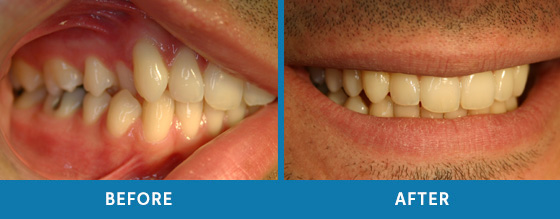
As the teeth are moving and changing, your smile improves . You will change different aligners regularly, wearing them 20-22 hours a day.
Usually each aligner is worn for a one to two week time frame with appointments needed every eight to twelve weeks for new aligner exchange pick up and adjustment.
Of course, your orthodontic provider will evaluate your smile to see if you are a candidate for invisalign treatment.
Answers to Commonly Asked Questions
- In addition to esthetic improvements, what are some other benefits of orthodontic therapy? Additional benefits may include better function, improved cleanability, more favorable wear patterns and greater longevity of natural teeth.
- Why is growth spurt at puberty so important in orthodontics?
This is the time when much of the development of the face occurs. Treatment during this period allows the orthodontist to favorably influence the facial profile in a growing child. Once growth of the facial bones is complete, correction of skeletal discrepancies usually requires surgery. - If I’m not sure about the need for orthodontics, how should the patient be managed? If in doubt, refer. If you notice a problem and refer to a specialist, your professional responsibilities are fulfilled. Also, a timely referral can avoid more complex problems that may worsen. All treatment is coordinated with the dentist so that each patient receives the best comprehensive care.
- At what age should a child have an orthodontic screening? Age 7, unless you suspect a problem at an earlier age.
- Why are children being evaluated at such an early age? Early diagnosis and treatment can guide erupting teeth into more favorable positions, preserve space for the permanent teeth and reduce the likelihood of fracturing protruded front teeth. Also, early treatment may shorten treatment time, make treatment easier and in some cases less expensive.
- What is the psychological impact of early treatment? Appearance has been related to popularity, social behaviors, self-expectation, personality style, and self-esteem. Orthodontic therapy may lessen the likelihood that a child will be picked on by other children. Treatment may reduce appearance-consciousness and the emotional scarring that can occur during critical developmental years. Also, as adolescents enter the sensitive teenage years, they become far less receptive to orthodontic therapy.
- Is orthodontic care expensive? Orthodontic therapy may eliminate the need for other medical and dental treatment. The physical and psychological benefits usually last a lifetime, making orthodontics one of the best investments in healthcare and quality of life. Several budget options are available so that finances don’t stand between the patient and necessary treatment.
- At what age is a patient too old for orthodontics? Patients who have teeth and healthy supporting structures are never too old for orthodontic therapy. They can spend the rest of their lives with an attractive smile if they choose to. Age is not a factor.
- How can I tactfully approach an adult patient who could benefit from orthodontics? Ask the question: “Are you happy with the appearance of your teeth?” The answer will be your guide to further development of the conversation.
- Why are adults seeking orthodontics in increasing numbers? Many adults are receiving orthodontic care that was not available to them as children. They realize that improving the health of their mouths and the attractiveness of their smiles and facial appearances can result in changes for the better in their personal, social, and professional lives. Technical advances have also had an impact on adult therapy.
We hope that this brief explanation will answer some of your questions. Your dentist will be happy to discuss any of these questions with you at your consultation. Please write down your questions so that we can be sure to answer them to your satisfaction.

